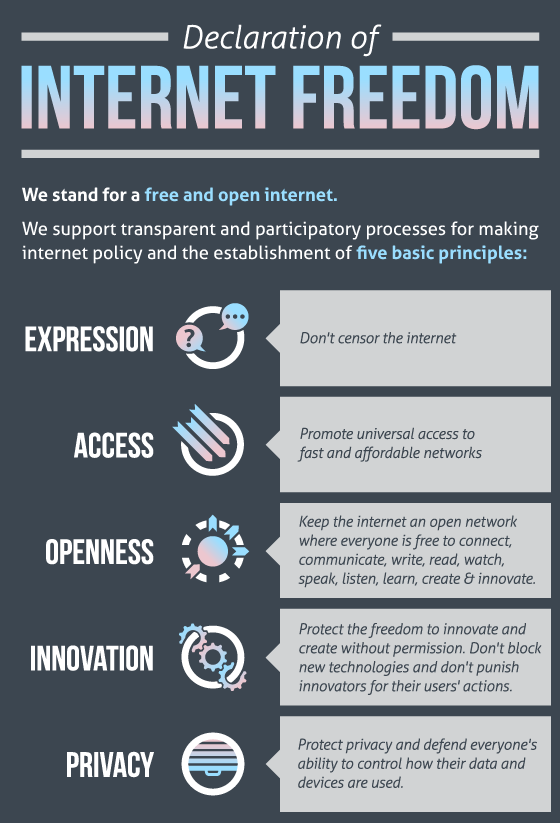 A recent piece in The Observer (The real cost of the smartphone revolution) started to get at a very interesting notion — that we’re oblivious to the implications of the information revolution that is going on around us.
A recent piece in The Observer (The real cost of the smartphone revolution) started to get at a very interesting notion — that we’re oblivious to the implications of the information revolution that is going on around us.
Strangely, our problem is not that we are short of data about what’s going on; on the contrary we are awash with the stuff. This is what led Manuel Castells, the great scholar of cyberspace, to describe our current mental state as one of “informed bewilderment”: we have lots of information, but not much of a clue about what it means.
The author then goes on (citing Zittrain) to describe how the power of companies like Apple, Facebook, and network providers have locked hold extraordinary power over the shape and use of this technology.
This might not seem a big deal – after all, it’s just capitalism doing its thing. But what it means is that with every new smartphone subscription we take another tiny but discrete step towards a networked world dominated by powerful corporations that can not only “regulate” the system in their own interests, but also control the speed of technological innovation to a pace that is convenient for them rather than determined by the creativity of hackers and engineers.
I agree with this conclusion, but not the defeatist attitude. The early internet was filled with walled gardens, with networks like AOL and Prodigy, and hardware that was closed to experimentation (hello, Mac Classic). While they realized some success, their more open and standardized counterparts (the Internet and the PC) found much greater success.
The problem of today is that companies like Facebook, Apple, and Google offer such great experiences that it is difficult to envision things any differently. The shortcoming of these experiences, however, is that they have all taken a “one size fits all” approach — if you don’t like the design of any of these tools, you either don’t use them or break the terms of service.
Open source products (like Linux or Diaspora) are taking a long time to evolve, but I believe that over time their flexibility will win people over. Rather than killing off e-mail, people will look to an open standard for social networks to make disparate tools work together. Rather than succumbing to digital locks, the urge to tinker will defeat efforts to keep a curious mind out of the iOS lockbox.
I think innovation depends on it. Hopefully the opportunity has not passed us by.
 Earlier today, “the internet” posed a Declaration of Internet Freedom.
Earlier today, “the internet” posed a Declaration of Internet Freedom. A recent piece in The Observer (
A recent piece in The Observer (

 A few days ago, the tech advocacy group
A few days ago, the tech advocacy group